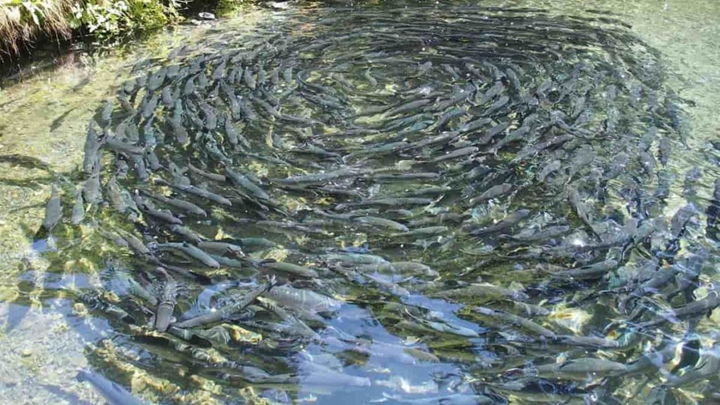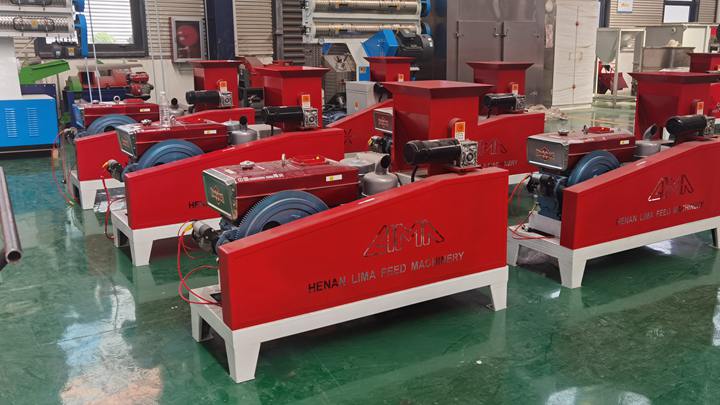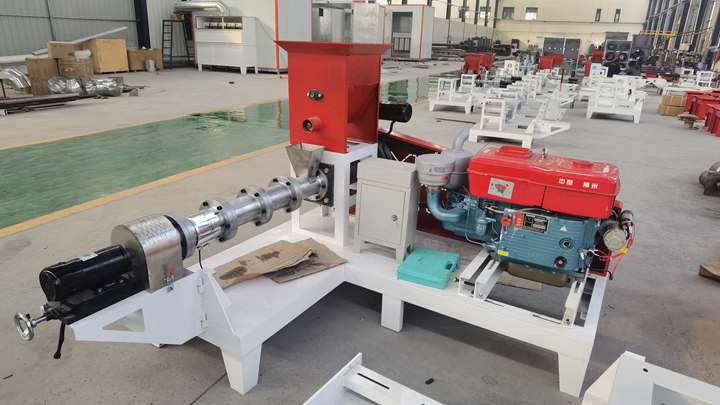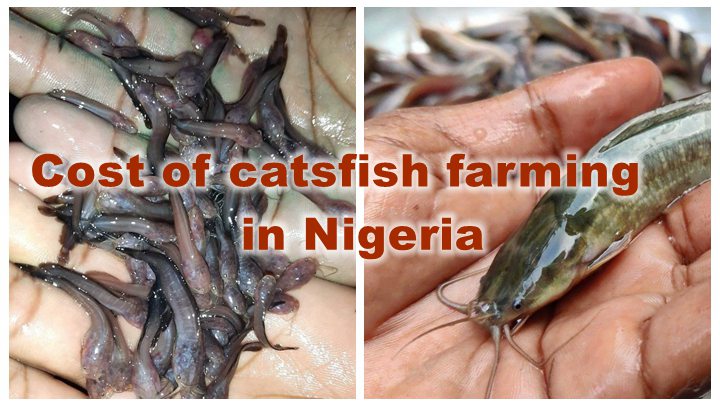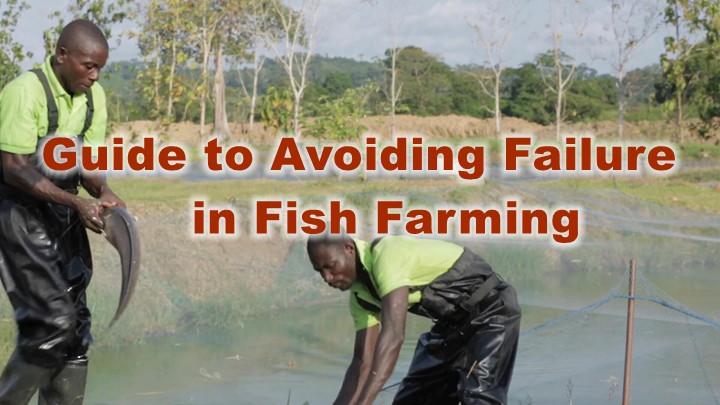Understanding the quality and composition of fish feeds is crucial. You should know how to select ingredients with balanced nutritional needs for healthy and optimal fish growth.
We’ve done some research and made work simpler for you. Keep reading this article to understand the ingredients and their roles in making fish feeds.
The Ingredients and Function in Fish Feed Formulation
Some ingredients are challenging to get, but in search cases, you can opt for other ingredients with similar nutritional needs. Below are some of the ingredients and their functions you should learn:
Carbohydrates
Carbohydrates are also called energy-giving foods. They provide the necessary nutrients that help to provide energy for your fish. Sources of carbohydrates are:
- Grains–grains such as corn and wheat are good sources of carbohydrates when used in fish feed. Grains also help in binding the feed together.
- Starches–starches are good for preparing fish feed. Starches help in providing readily available energy for your fish. You can also use starches to balance protein levels, especially when the level of protein consumed by the fish is high.
You can also use starches as binders for your fish feed. Binders help to hold the feed together. Starches are also digestible when properly processed.
Proteins
Proteins are the ingredients that provide nutrients that help build the body. Sources of proteins include:
- Soybean Meal–Soybeans are rich in both proteins and amino acids. The protein nutrients are good for your growing fish, especially the fingerlings.
- Fishmeal– Fishmeal is a nutritious diet rich in protein and amino acids. You can, therefore, use fishmeal instead of soybeans when preparing fish feed rich in protein and amino acids.
- Animal-by-Products–Animal-by-products are another ingredient you can use as a source of protein. You can get the by-product from bone meal and meat.
Vitamins
Vitamins are essential for different physiological functions of the animal body, including that of fish. These functions are metabolic responses of the fish and their immune responses. These are vitamins A, B, E, D, and k from plant products such as vegetables.
Lipids
Lipids are fats and oils. Fats come from animals, while oils are obtained from plants. A good source of fats and oils are:
- Fish Oils–Fish oils also contain other essential nutrients for your fish. Omega-3 and omega-6 help your fish to have healthy growth.
- Vegetable Oils–Vegetable oils can be your alternative option if you lack fats. Vegetable oils are a good source of energy and fatty acids.
Minerals
Although minerals are required in small quantities, including them in your fish meal is wise. Minerals are helpful in bone formation and metabolic functions of your fish. These minerals are magnesium, calcium, and phosphorus.
Minerals such as iodine, zinc, and copper also contain trace enzymes that help perform enzyme functions and boost overall health.
Additives
These ingredients are antioxidants and preservatives. Antioxidants prevent the oxidation of fats and oils, while preservatives enhance the shelf-life and stability of your fish feed.
Flavorings
Flavorings are also ingredients you can include in your fish meal. These flavorings can be natural or artificial. They help to encourage the feed to be consumable.
How to Adjust Fish Feed Ingredients
You can adjust fish feed to obtain good performance and optimal fish growth. However, there are several steps to consider. Here are the steps you should take:
- Determine Nutritional Needs–Different fish species require different nutrients in their feed. Assessing your fish’s specific dietary needs and finding the proper nutrients to include is wise.
- Analyze the Existing Feed–If you use commercial feed, you should analyze its nutritional content. For the sake of custom feeds, analyze the ingredients’ nutrient profiles.
- Adjust Proportions–When making the feed, adjust the ingredients to meet the nutritional needs of the feed. By adjusting, you can either lower or increase the nutrients.
- Include Additives–Incorporate supplements, minerals, and vitamins as your fish needs. Do this to address deficiencies and health concerns likely to be experienced by the fish.
- Test and Monitor Your Fish–Create batches of your adjusted feed and test them on the fish. Monitor your fish as they grow and check on the performance of the adjusted feed. Check on the health of the fish, feed conversion rates, and their feeding habit.
- Review and Refine Your Feed–Check your results when monitoring the fish as you give them the adjusted feed. Are there things to be changed? If yes, regularly review until you obtain the best results that produce quality feed.
Fish Feed Formulation
When formulating fish feed, you aim to have a balanced diet by ensuring all the specific ingredients are included. The following are the steps to follow when formulating the feed:
- Understand the nutritional needs of your fish–Each fish species requires specific nutrients in their diet. You should, therefore, understand the requirements of your fish. Also, understand the growth stage. Formulate the feed in relation to the growing stage of your fish.
- Select Ingredients–You should select ingredients based on the nutrition requirements of your feed.
- Formulate the Feed–After selecting the ingredients, you calculate the nutrient requirement using software or a nutrient calculator. Using the tools ensures that you obtain the correct ratios of ingredients.
After getting the required ratio, you mix the selected ingredients to create the desired nutrient profile.
- Prepare Your Feed–After selecting and formulating the feed, you prepare it. Here, grind the ingredients to the required sizes and mix them thoroughly. After mixing and grinding, you form pellets using a pellet meal.
- Test and Adjust–During this stage, you test for quality control, take feed trials, and refine the formulation of your feed.
- Storage and Handling–Store your feed in a cool and dry environment to prevent spoilage and nutrient quality. Regularly check your feed nutrient content over time.
How to Select Quality Ingredients for Fish Feed
Quality fish feed is good for the optimal growth of your fish. Here are things to consider when selecting the fish feed:
- Check the Nutritional Profile–When selecting a fish feed, check its nutrient content. Choose feed that meets the nutritional needs of your fish.
- Check on the Purity and Source–Purchase your feed from reputable suppliers with verified quality feeds. Opt for feeds prepared from fresh and quality ingredients.
- Digestibility–Fish need digestible feeds. Therefore, you should select feeds that are easy to digest.
- Cost-Effective–You should balance the quality of the feed with the economic cost to ensure continuous maintenance of high standards at a cost you can afford.
Conclusion
In fish farming, minimizing feed waste is a key factor in reducing costs and improving overall farm efficiency. The Lima Fish Feed Pelletizer helps reduce waste by producing compact, high-quality pellets that fish are more likely to consume entirely. This helps you get the most out of your feed ingredients while also improving the overall efficiency of your farming operation. With the ability to adjust pellet size and nutritional content, you can tailor the feed to suit different species or growth stages of fish, enhancing feed utilization and supporting the long-term sustainability of your farm.
As an aquaculture farmer, you should understand the different ingredients you can use to make fish feed. Using the correct nutrients will help the fish grow and be healthy. The formulation of fish feed helps maintain healthy growth and good fish productivity.

